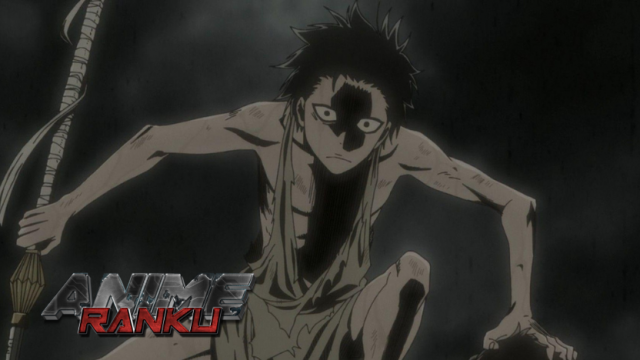The conflict between Zaraki Kenpachi and Unohana Kenpachi reaches a crescendo in Bleach: Thousand-Year Blood War Episode 10. The two engaged in a battle that was fiercer than any other sword fight in Bleach up to that point and demonstrated the true power of what it meant to be a Kenpachi. There were flashbacks of the two’s initial encounter and conflict interspersed throughout the fighting, revealing the history they shared when Zaraki was still a young child. There was a chance to demonstrate their relationship to the audience, which was likely of great interest to many. The program, however, chose to go in a different direction.
The conflict between Zaraki and Unohana lasted until the middle of the episode. Within that fight, audiences were lumped with piles of information about how Unohana felt, her experience with Zaraki when they first met, her views of strength, her sin for restricting Kenpachi due to her own weakness, the reveal of her Bankai, Zaraki’s understanding of his limiter and overcoming it. Most of this information did not come in the form of visual storytelling but was told to audiences through a consistent stream of internal dialogue, sometimes over to the top of showing a scene that would have explained it perfectly well enough.
The History of Kenpachi is Told, Not Shown

A writing strategy known as “show, don’t tell” enables events to be depicted visually rather than by directly stating information in order to convey information to readers and viewers. Showing, as opposed to telling, allows the character to be the subject of the action and conveys the information in a skillful artistic manner. It makes sense because internal monologue is a common technique used in anime to clarify complex situations or abilities. The internal discussion describing everything to the audience, however, completely overshadowed the altercation between Zaraki and Unohana.
Zaraki and Unohana had a falling out before the episode’s halfway point. During that fight, viewers discovered a great deal about Unohana, such as how she felt, how she first met Zaraki, how she perceived strength, how she sinned by restricting Kenpachi due to her own weakness, how her Bankai was revealed, and how Zaraki came to terms with and overcame his limiter. A steady stream of internal monologue, sometimes overlaid on a scene that would have adequately explained it, was used to inform audiences of most of this information instead of using visual storytelling.
Even though the fight’s visuals were masterfully created, the ongoing internal debate detracted from their aesthetic quality and storytelling potential. Instead of using screen time to explore a historical battle between two of the greatest warriors, it flashed back and forth, explaining to the audiences how powerful they were, how important their connection to fighting was, and Unohana’s intentions as to why she was repeatedly killing him. Instead of allowing the audience to see how Zaraki had limited himself as a child, Unohana explained in a lengthy manner how she was weaker and the cause of his self-restriction.
A Lost Chance

Not every story was executed poorly. When the narration did not overshadow the battle, the revelation of Unohana’s interest in Kido was made clear through genuine conversation between the two, and Zaraki’s feelings and joy felt true to the character. However, by jamming so much information, time jumps, and narration into the scant amount of screen time the fight received, the chance to learn more about their past through a visually told flashback was sadly lost, receiving only brief periods of attention.
The fight between Zaraki and Unohana was one of the best-animated fights in the series. The intensity was there, and the violence reflected the nature of a Kenpachi. If the episode had spent more time exploring their relationship and history through visual storytelling rather than using Unohana as a non-stop narrator and had allowed more time for their development, it could have been one of the greatest moments in Bleach’s history.















Leave a Reply